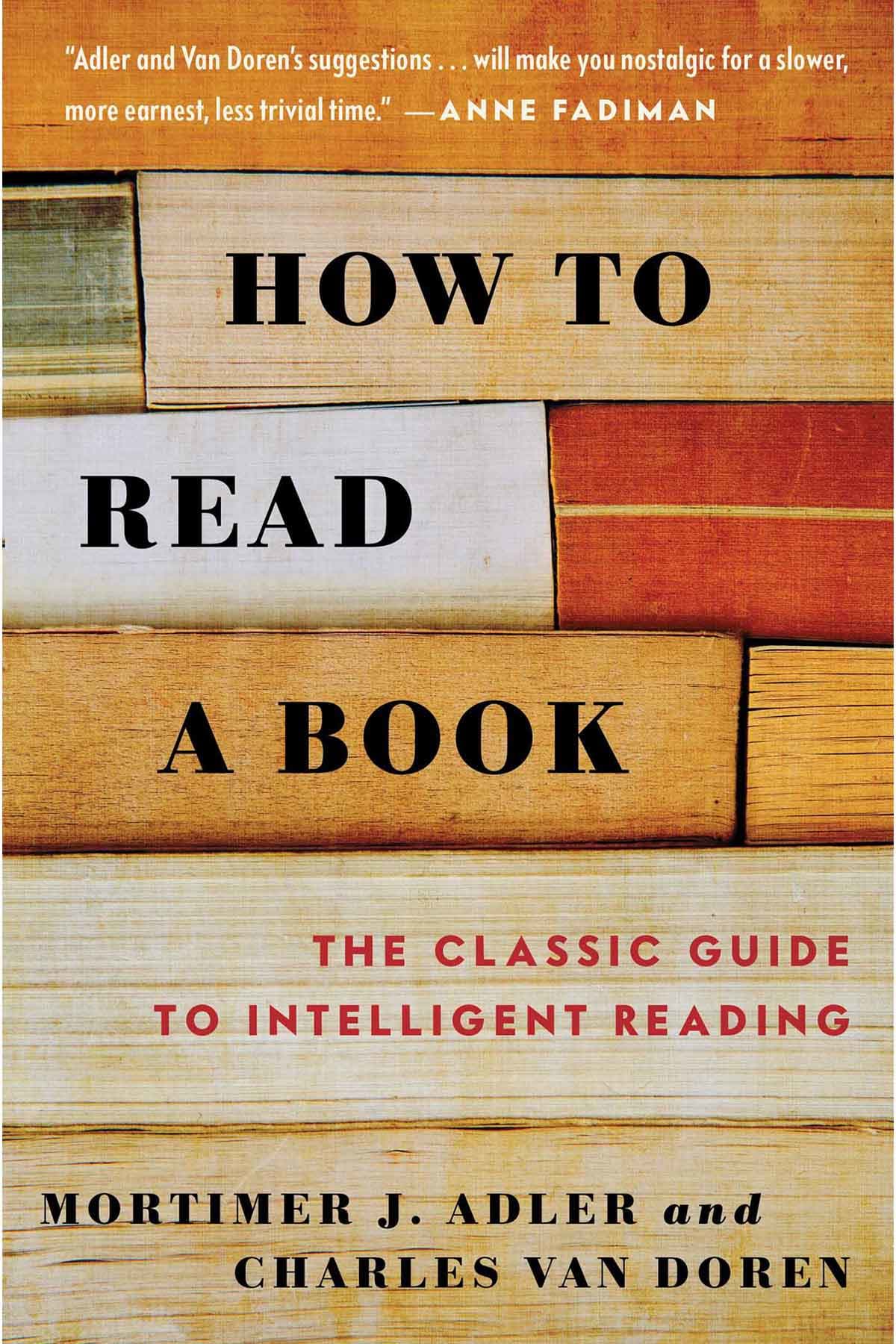Book is like nature of the world. When you question it, it answers you only to the extent that do the word of thinking and analysis yourself.
- "How to Read a Book"
Throughout my childhood and untill today, reading has assisted me in developing as a person and young adult. I have spent countless time on reading different types of books. I thought I knew how to read a book; I thought I am qualified to be an intelligent reader. After reading How to read a book, I know I was totally wrong. I am far away from being an intelligent reader.
Written by Mortimer J.Adler and Charles van Doren, How to Read a Book teaches readers and those who wish to become readers. Particularly, those whose main purpose in reading book is to gain a solid understanding. The book consists of four parts: the dimensions of reading, the third level of reading, approaches to different kinds of reading matter, and the ultimate goal of reading.
In part one, the book starts with defining of active reading and differentiate the goals of reading. That is, reading for information and reading for understanding. Then, it briefly introduces the four levels of reading- elementary reading, inspectional reading, analytical reading and syntonical reading, and stated clearly the levels of reading are cumulative, meaning the first level is contained in the second and so forth. The higher the level you are, the better you understand a book and the closer to be an active reader. Elementary reading is being able to read as a mature reader. This level is further defined into four distinguishable stages, which can be seen as moving progress towards the elementary reading level. The second level of reading is inspectional reading. The author defines this level as a true level of reading. There are two types of reading at this level: systematic skimming and superficial reading. Techniques on how to read in each sublevel of inspectional reading were given, which requires constant practice. At the end of the section, the author came up with a great inspectional reading formula. That is, "every book should be read no more slowly than it deserves, and no more quickly than you can read it with satisfaction and comprehension.”
In part two, analytical reading is further divided into three stages and given fifteen golden rules. The first stage includes four rules for finding what a book is about. One ought to know what kind of book he is reading before starting reading. The author gives an in-depth guide on how to pigeonholing (classify) a book, which is also the first rule of analytical reading. Then it interprets on x-raying a book, including three rules of reading at this level. Namely, one ought to have the ability to summaries the book in one, or at most few paragraphs, to outline a book after first reading; to define the problem the author is trying to solve. The second stage has four rules for interpreting a book's content. It explains the connection and difference between terms and words and teaches how to find the meaning of a word without external assistance. The essential part of analytical reading comes to the third stage, which teaches you seven rules for criticizing a book as a communication of knowledge. I could not agree with more on one statement from the book that "if you are reading a good book, you ought to hesitate before you say, "I understand"."
Books are categorized into types, so do the reading approaches. There is a significant difference between reading a science book and novel. Part three dedicates to provide approaches to different kinds of reading matters. Every technique is worthwhile to read through carefully because inevitably, you will read these books at least once in your lifetime. Mastering these techniques will help you read effectively.
If you made it here, congratulation, you are at fourth level, the ultimate level-Syntopical reading.The difference between analytical reading and Syntopical reading. The former is for one book; the latter is for a bunch of books, it is the cumulative steps of the first three reading level. When you read a book analytically, you put yourself in relation to it of disciple to matter. When you read syntopically, you are the master of the situation. There are two main stages of syntopical reading. One is preparatory, and the other syntopical reading proper.
It is such a profound work. Reading only once is certainly not enough to grasp all the messages the authors want to convey and the knowledge they want to teach you. Like what Adler and Van Doren have suggested, "If your aim in reading is to profit from it - to grow somehow in mid or spirt - you have to keep awake." That means reading as actively as possible. It means making an effort- an effort for which you expect to be repaid"
